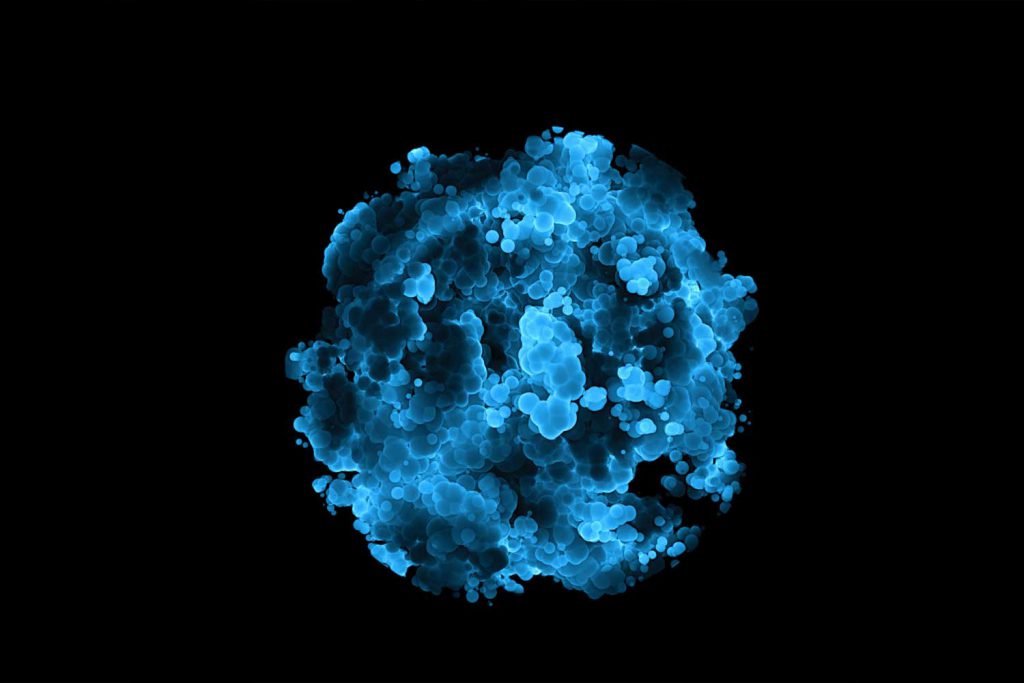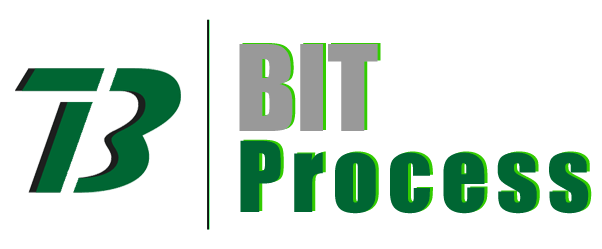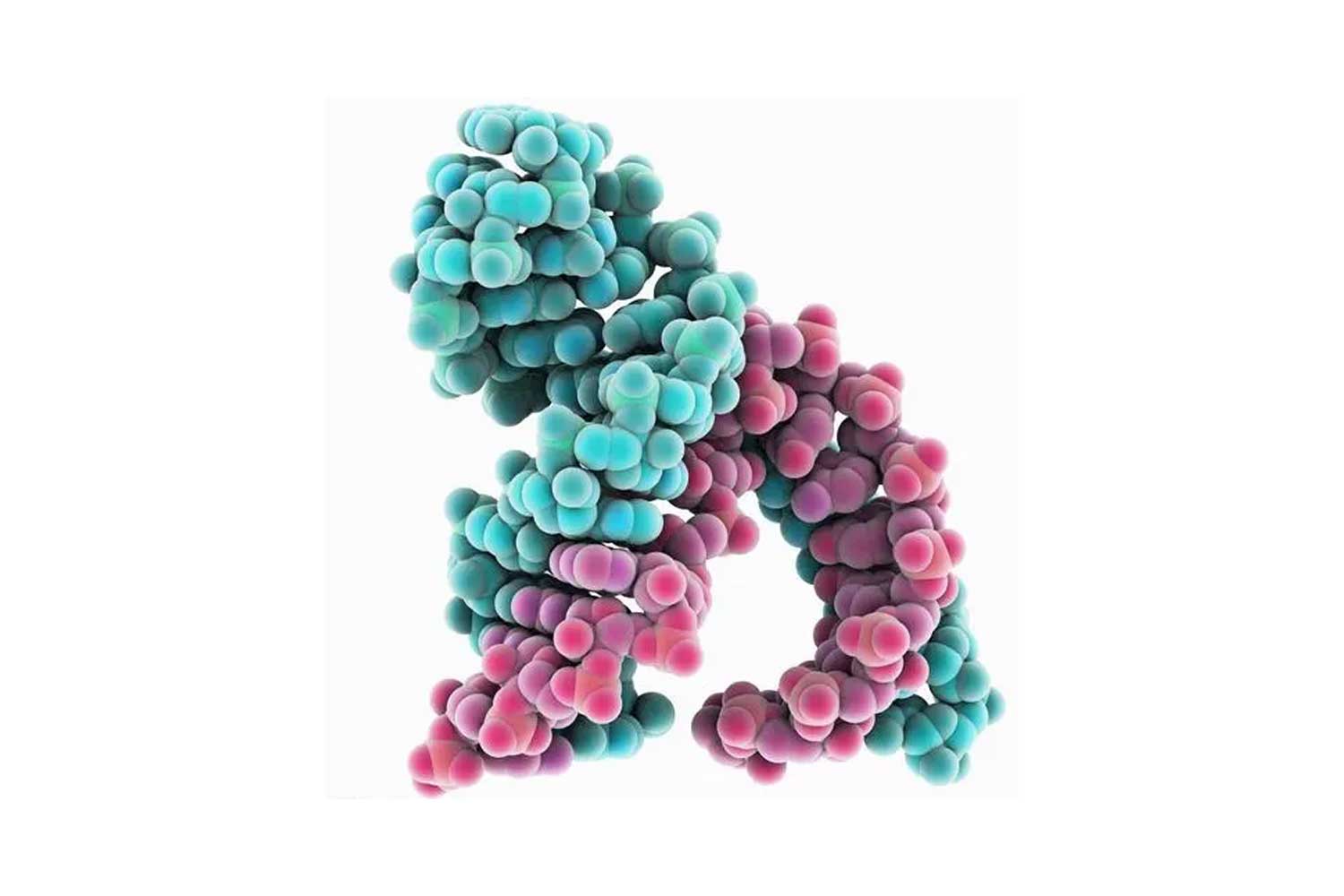Features of enzymes extraction process
Enzymes are biological catalysts, which have both the characteristics of general catalysts and the unique characteristics of enzymes.
Enzymes have high catalytic efficiency, and the rate of enzyme-catalyzed reactions is 107-1013 times higher than that of general catalysts.
Another feature of enzymes is that they are highly specific. Enzymes have strict selectivity for the substrates they use. An enzyme can only act on a class or a specific compound to produce a specific product. For example, protease can only catalyze the hydrolysis of proteins, esterase can only catalyze the hydrolysis of esters, and amylase can only catalyze the hydrolysis of starch.
Application of Enzyme Extraction Technology
Enzyme extraction technology is a bioengineering technology. In the production process of biochemical products, due to the complex composition of plant tissue, it is not conducive to the extraction and separation of active ingredients, so the use of biological enzymes has two main purposes.
- One purpose is to make impurity macromolecules into small molecules by enzymatic decomposition, so as to be separated from the biochemical products to be refined. Traditional extraction methods (such as decoction, organic solvent leaching and alcohol treatment) have high extraction temperature, low extraction rate, high cost and unsafe. However, by selecting the appropriate enzyme, the plant tissue can be mildly separated to accelerate the release and extraction of the active ingredients through the enzymatic reaction.
- Another purpose is to prepare small-molecule biochemical products by enzymatic hydrolysis, and to promote the conversion of some low-polarity lipid-soluble components into glycosides that are easily soluble in water, thereby facilitating extraction.
Enzyme extraction technology is a promising new technology, suitable for large-scale industrial production. Many manufacturers in the world have begun to use this new technology and have produced very good benefits.
At present, more research is on cellulase. The main component of the cell walls of most plants is cellulose. Cellulose is a macromolecular polymer composed of β-D glucose linked by P(1→4) glycosidic bonds. Enzymatic hydrolysis with cellulase can destroy the glycosidic bond and destroy the plant cell wall, which is beneficial to improve the yield of active ingredients.
Advantages of enzymatic extraction
Enzymes have high catalytic efficiency, strong specificity and no side reactions. The extraction product has high yield and good quality, is convenient for product purification, and simplifies the process steps.
Enzyme action conditions are mild, generally do not need high temperature, high pressure, strong acid, strong alkali and other conditions. Therefore, when enzymes are used in production, simple equipment is required, and a large amount of coal, electricity and chemical raw materials can be saved.
Enzymes and their reaction products are mostly non-toxic, suitable for application in biochemical pharmaceutical industry and food industry, and are beneficial to improve labor hygiene conditions.
Factors Affecting Enzymatic Extraction Technology

Enzymes are proteins that are highly sensitive to environmental conditions. High temperature, strong acid or alkali, heavy metals and other factors that may cause protein denaturation can make the enzyme lose its activity. Slight changes in temperature, pH, etc. or the presence of inhibitors often cause changes in enzyme activity.

